Vaccine Lessons are Ready to Teach!
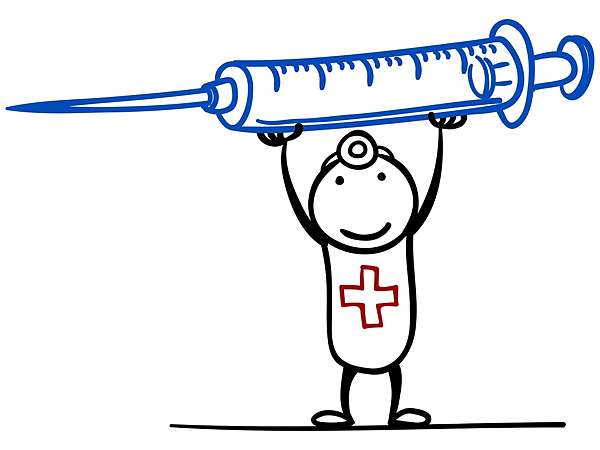
Now more than ever it is critical to empower students and their families with the knowledge they need to feel good about getting vaccinated. That’s why we’re so excited to share these hands-on and teacher tested lessons to help kids make sense of vaccines.
We have broken our unit down into four lessons to navigate the essential science of COVID-19 vaccines:

Lesson 1: What is Coronavirus? Click here for the K-2 lesson plan and here for the 3-6 lesson plan.
This lesson kicks the unit off with a reflection exercise meant to activate prior knowledge and experience with the COVID-19 pandemic. Hands-on activities help students understand how the virus invisibly travels through the air, and why wearing masks is important. By the end of the lesson students should understand what a virus is, how COVID-19 affects people, and how to prevent its spread.
Lesson 2: How do vaccines work? Click here for the lesson plans.
In this lesson, students learn about the immune system and how vaccines work to combat viruses. In order to make sense of how vaccines work, students play a game in which they model how the immune system rids its body of pathogens.
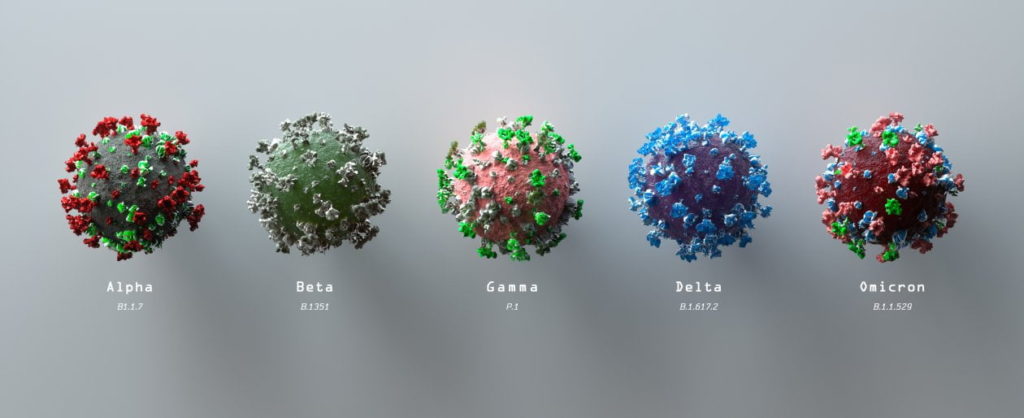
Extension Lesson 2.5: Omicron and Variants Click here for the lesson plan.
Students learn about virus variants such as Omicron. This lesson is best taught as an extension of lesson 2, in which the hands-on model used to understand vaccines is adopted to make sense of variants.

Lesson 3: How do we know vaccines are safe and effective? Click here for the lesson plan.
In this lesson students read about the history of vaccine development past and present. They then analyze and make sense of data about the number of people in the world who are vaccinated, and what happens to the health of communities that are more vaccinated compared to those that are less vaccinated. The lesson ends with a hands on model which demonstrates why vaccinated communities and individuals are safer than those that are not vaccinated even though some people still get sick despite being vaccinated.
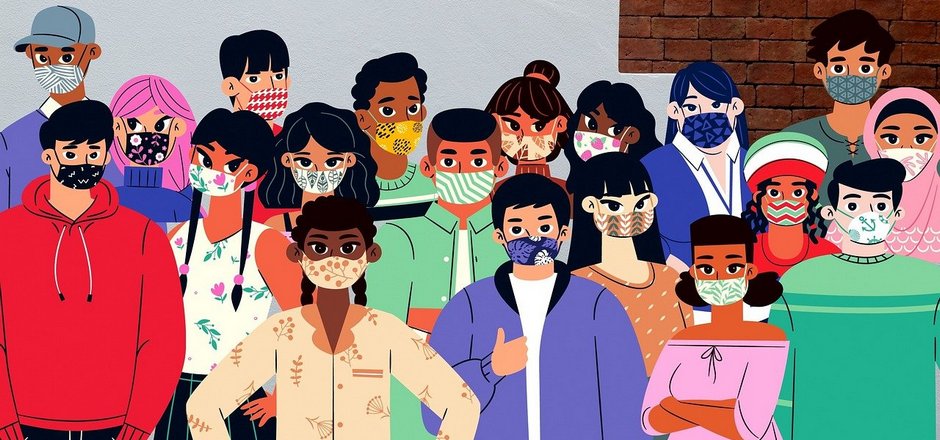
Lesson 4: How do we keep our community safe? Click here for the lesson plan.
In this lesson students learn how vaccination not only helps keep inoculated individuals healthy, it also protects others in the community. An activity with dominos helps model herd immunity to reinforce the idea that a vaccinated population will protect those who are unable to be vaccinated. The final activity helps students understand the changing nature of science.
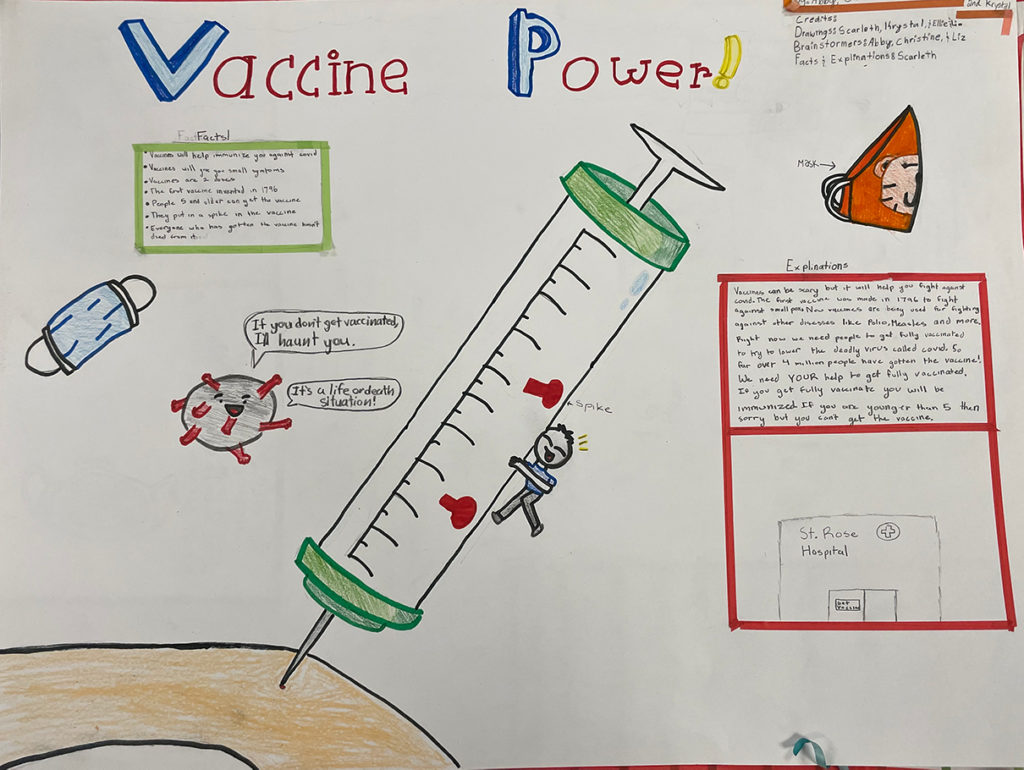
Lesson 5: You can make a difference! Click here for the lesson plan.
In this lesson students review what they have learned about COVID-19 and vaccines. The unit concludes with a project in which students use their knowledge to share accurate information about the coronavirus with their community.

It is important to acknowledge that it can be uncomfortable to teach controversial topics. Nevertheless given the powerful effect teaching about vaccines can have on the well-being of communities, we encourage all educators to be brave and enter that potentially awkward space knowing your efforts will be rewarded through the impact you will have on your students. We hope the many tools provided throughout this unit will help teachers navigate challenges that might arise. Please know that the Hayward Science community is available to support you in any way we can.
Why teach about vaccines, and what else should I know about this unit?
Making vaccine information and resources easily accessible is an urgent public health and safety priority. Educators can have a substantial impact on disseminating accurate information by dispelling misinformation and answering student and family questions about vaccination. Teachers often work in diverse classrooms with students from communities that are disenfranchised from the health care system. We are therefore in a unique position to provide critical information to the populations slipping through the cracks of public health outreach. Communities of color have been disproportionally impacted by the pandemic, and are some of the least vaccinated groups in the country. By teaching our students about vaccines, we can use our unique position as educators to help reverse those trends.
Since caregivers are ultimately the ones who decide whether a student gets vaccinated, we have made family engagement central to this unit. For homework, students are asked to talk to their families about what they have been learning in class and bring back questions that arise from family discussions. Through this process, we hope families will work collaboratively with their children to make sense of vaccine information.
Beyond the public health imperative, vaccine lessons provide a powerful template for students to learn and develop critical scientific skills. In this unit students are asked to: conduct experiments, analyze qualitative and quantitative data, make sense of scientific models, engineer solutions to difficult challenges, develop and defend arguments from evidence, read and write about the history and process of scientific discovery, and engage in many other processes that are essential facets of science. Because the COVID-19 pandemic has had such an enormous impact on every facet of life, kids are highly motivated to engage in these scientific processes to understand the nuances of the subject. Teaching about vaccines therefore provides a unique opportunity to develop vital skills by leveraging a particularly relevant and interesting topic. As evidence accumulates that relevant, responsive, and sustaining curriculum is a critical aspects of effective teaching,1,2,3 it seems that there is an imperative to teach about something as pertinent to students as COVID-19 vaccines. All students, whether already vaccinated or not, will benefit.
The lesson plans and resources we provided have grade specific adaptations to ensure they are developmentally appropriate for students in Kindergarten through Sixth grade. Although not specifically developed for upper-middle and high school teachers, there are many activities and resources which could easily be modified to work for those grade levels. If you are interested in collaborating to make these lessons work for upper grades, please get in touch.
Professional Learning Opportunities
We are committed to helping teachers feel comfortable teaching about vaccines. Below you’ll find information about currently scheduled professional learning opportunities. Please get in touch if you would be interested in us bringing our Professional Development (PD) to your school or district.
PROFESSIONAL DEVELOPMENT FOR TEACHERS IN ALAMEDA COUNTY
The Elementary Science Partnership, a professional development partnership of the Alameda County Office of Education, will be hosting a PD on February 19th, 2022. The PD will provide a space for teachers to familiarize themselves with the classroom lessons, as well as to learn adult level content about the coronavirus vaccine from microbiologist Professor Nazzy Pakpour. Materials to teach the lessons will be provided. Register here!
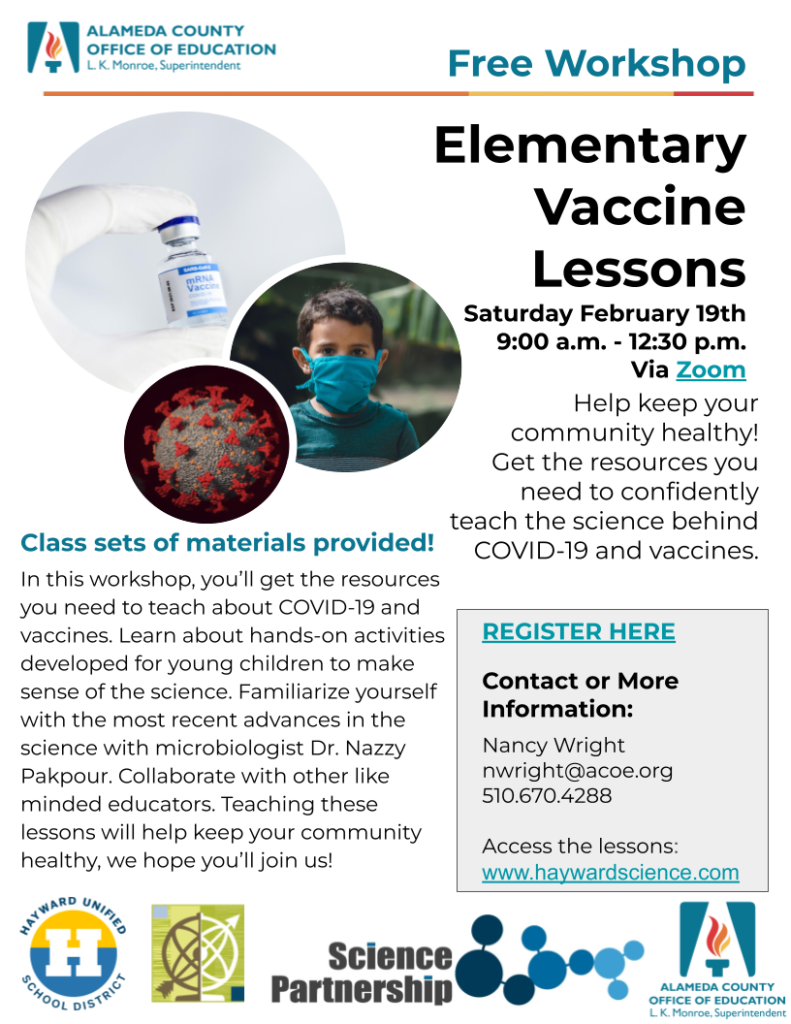
PD Resources
Slides used during HUSD Collaboration – 12/15/21
Materials
The following materials are suggested (not required) to teach the unit:
- Paper plates
- Beans
- Quinoa (two colors)
- Dominoes
- Mirrors
- Aluminum foil
- Small cups
- Plastic forks
- Tape
- Something smelly (cut up onions or oranges would work)
If you are an HUSD teacher and attended a collaboration, or watched the virtual PD we would like to provide you all the materials you need to teach the lessons. Make sure you fill out your information on this form so we can get the materials to you.
